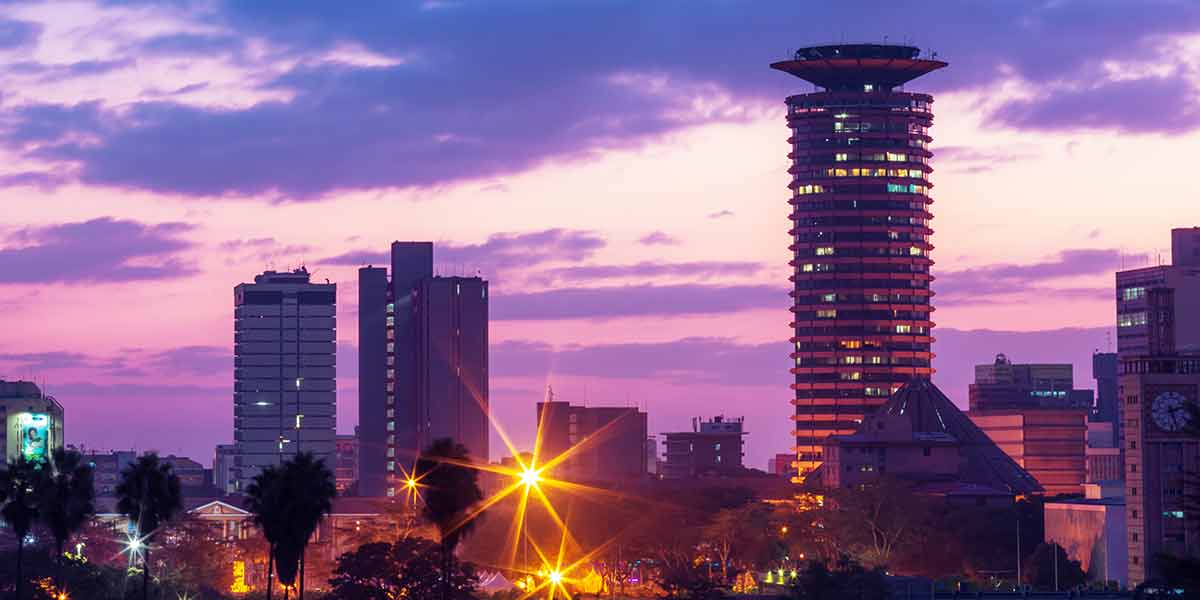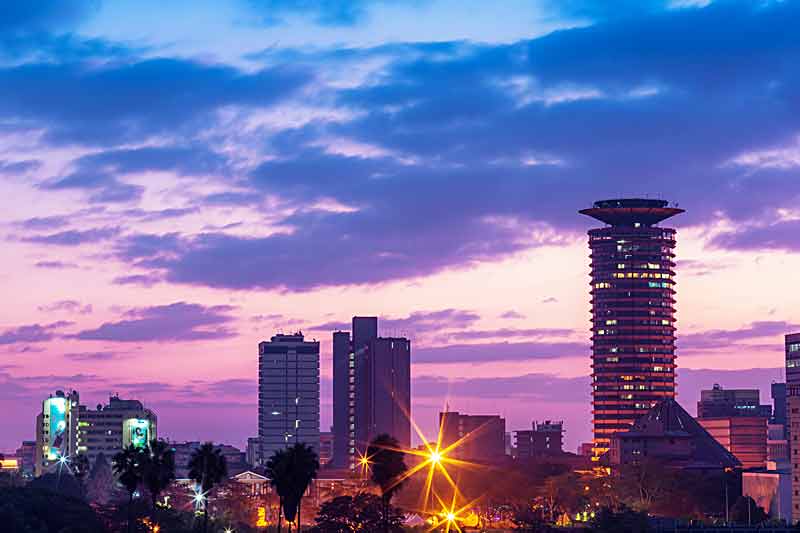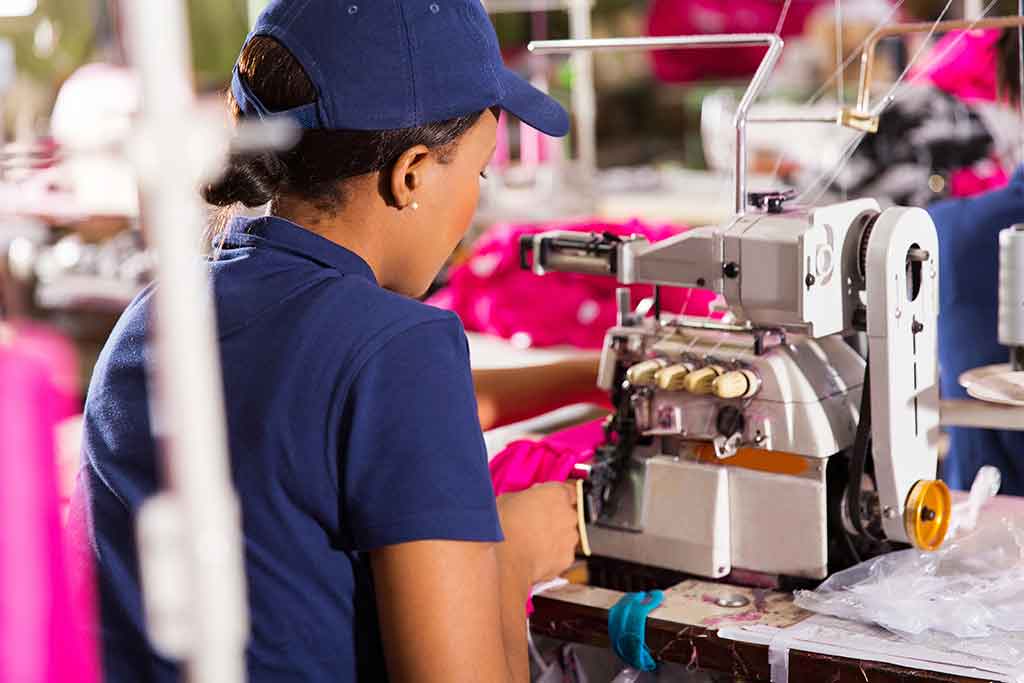


Host country Kenya: Ideal location for premium textile and leather sourcing
Kenya is the ninth largest African country with a GDP of $55.2 billion. A World Bank Group analysis attributes Kenya’s growth to aggregate demand fuelled by strong consumption and investment.
The East African nation has a population estimated at 46.1 million, which increases by an estimated one million a year. With support of the World Bank Group (WBG), the International Monetary Fund (IMF) and other development partners, Kenya has made significant structural and economic reforms that have contributed to sustained economic growth in the past decade.
Position within East Africa
Kenya is the most preferred investment destination in East Africa, with the majority of venture hunters attracted to good infrastructure and ease of doing business, says a new report. The Ernst & Young (EY) Africa attractiveness index released last week puts the country at fourth position on the continent after South Africa, Morocco and Egypt. The survey states that Kenya benefits from strong economic growth and prospects, with moderate performance in infrastructure. Kenya beat its East Africa neighbors in the ranking, followed by Rwanda in position nine, while Tanzania and Uganda took 12th and 13th positions, respectively.

Kenya’s textile and garment industry
Existing textile and apparel firms in the country produce a large variety of products. Spinning firms produce yarn (including industrial) and sewing thread while integrated mills produce a wide variety of products including yarn, fabrics (knitted and woven), canvas, school and traveling bags, blankets, sweaters, shawls, uniforms, towels, baby nappies and knitted garments. Garment manufacturers on the other hand, produce various types of garments both for the local market and for export. About 46 percent of the garment manufacturers produce men’s wear while the others produce woven chemise and robes, pants, Kaunda suits (for men), knitted and woven garments.
Investments in growing and ginning of cotton, spinning and weaving operations, in addition to those in production of apparel and other products are assured of ready local, regional and international markets. Attractive investment incentives and production advantages are found in Kenya.
Kenya has 52 textile mills, of which only 15 are currently operational and they operate at less than 45 percent of total capacity. Thousands of apparel companies operate in Kenya. Approximately 170 are medium and large, while upwards of 74,000 are small and micro companies. Twenty-one companies operate in the Export Processing Zones, employing an average of 1,800 people per company.
Kenya’s leather and leather products industry
The leather sector plays a major role in the global economy, with an estimated global trade value of approximately $100 billion per year. This is said to be greater than the combined global value of meat, sugar, coffee and tea with this global trade value projected to grow to over $500 billion per year by 2027.
The government has drafted a policy which seeks to revitalize and bolster the leather industry’s overall performance to achieve its full potential and drive manufacturing in the country. Ministry of Agriculture, Livestock, Fisheries and Cooperatives Cabinet Secretary (CS) Peter Munya said that the policy would help the country’s deliverables to the realization of the Vision 2030 and the Big4 agenda. Munya said that the key objective of the policy is to increase Kenya’s market share in the global leather industry.
“The leather sector in Kenya is estimated to be worth over Sh50 billion annually. Unfortunately, over 90 per cent of Kenya’s $94 million -Sh9.4 billion- leather exports are unfinished wet blue leather, whereas, further processing to finished leather and manufacture of leather products could create at least 50,000 more jobs and an additional $150-250 million -Sh15-25 billion- to the Gross Domestic Product (GDP),” said Munya as per Kenya News Agency. Hence reviving Leather Industry is key plan In Driving Manufacturing Sector.


